Coal Mill: make better use of coal
2014-06-09
In coal-fired power plants coal mills are used to pulverize and dry to coal before it is blown into the power plant furnace. The coal is feed into the coal mill through a central inlet pipe where gravity is used to lead the coal to the bottom of the mill, where the grinding table and some heavy rollers pulverizes the coal to particles. The primary air flow to the furnace is fed through the mill, with the purpose of heating and lift the coal particles out of the mill and into the furnace. If the the particles are too heavy they will drop to the bottom of the mill and will be pulverized once more. The coal particles are heated to 100 degrees Celsius. The temperature of the primary air flow is manipulated for controlling this temperature measured as a temperature in the mill at the exit. The primary air temperature is controlled by controlling the position of an air mixer, which mixes heated outside air and cold outside air.
In order to control the energy production of the plant, the coal flow into the furnace is an very important factor. Unfortunately, it is not possible to measure the coal flow from the coal mill to the furnace. The coal flow out of the mill is often estimated based on the incoming coal flow. In case of a fault in the coal mill the plant operator would need to take accommodating actions as fast as possible. Fault detection in the coal mill is consequently important.
In this example two possible faults are present. The first is a blocking of the coal inlet pipe, which result in a stopped incoming coal flow. The second is a position fixing of the air mixer.









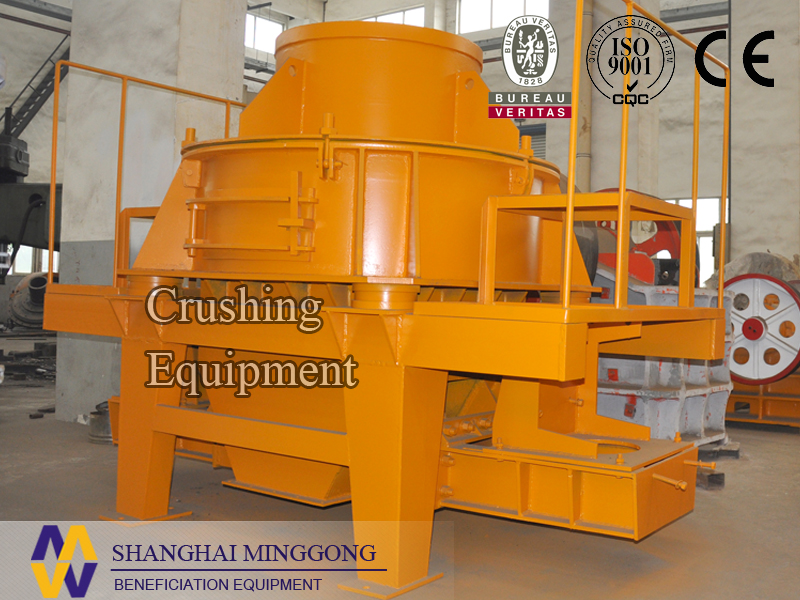
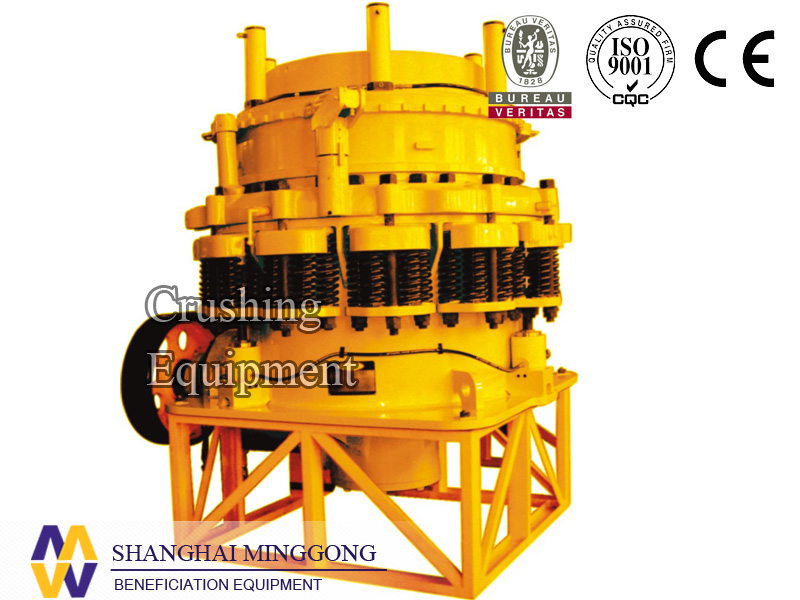
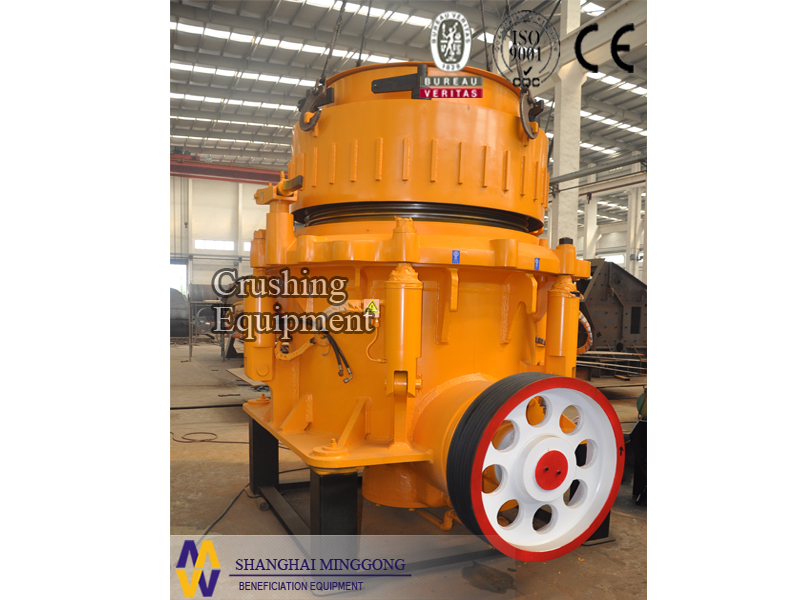
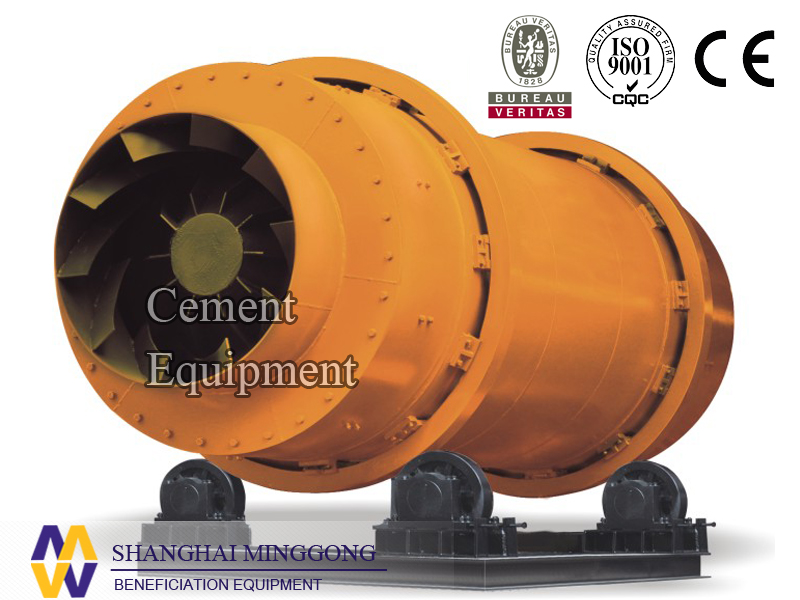
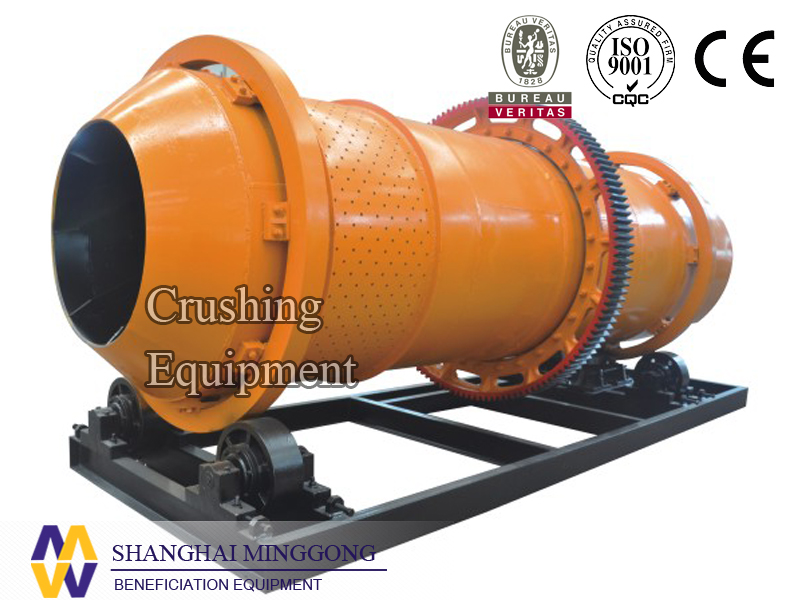
 E-mail: minggong@jxjq.com
E-mail: minggong@jxjq.com